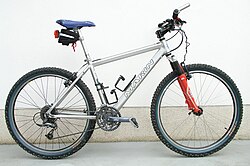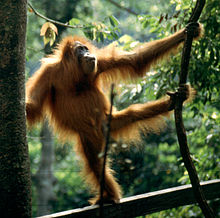Smoke
Smoke is a collection of airborne solid and liquid particulates and gases[1] emitted when a material undergoes combustion or pyrolysis, together with the quantity of air that is entrainedor otherwise mixed into the mass. It is commonly an unwanted by-product of fires (includingstoves, candles, oil lamps, and fireplaces), but may also be used for pest control (cf.fumigation), communication (smoke signals), defensive and offensive capabilities in the military (smoke-screen), cooking (smoked salmon), or smoking (tobacco, cannabis, etc.). Smoke is used in rituals, when incense, sage, or resin is burned to produce a smell for spiritual purposes. Smoke is sometimes used as a flavoring agent, and preservative for various foodstuffs. Smoke is also a component of internal combustion engine exhaust gas, particularly diesel exhaust.
Smoke inhalation is the primary cause of death in victims of indoor fires. The smoke kills by a combination of thermal damage, poisoning and pulmonary irritation caused by carbon monoxide, hydrogen cyanide and other combustion products.
Smoke particles are an aerosol (or mist) of solid particles and liquid droplets that are close to the ideal range of sizes for Mie scatteringof visible light. This effect has been likened to three-dimensional textured privacy glass[citation needed] — a smoke cloud does not obstruct an image, but thoroughly scrambles it.












